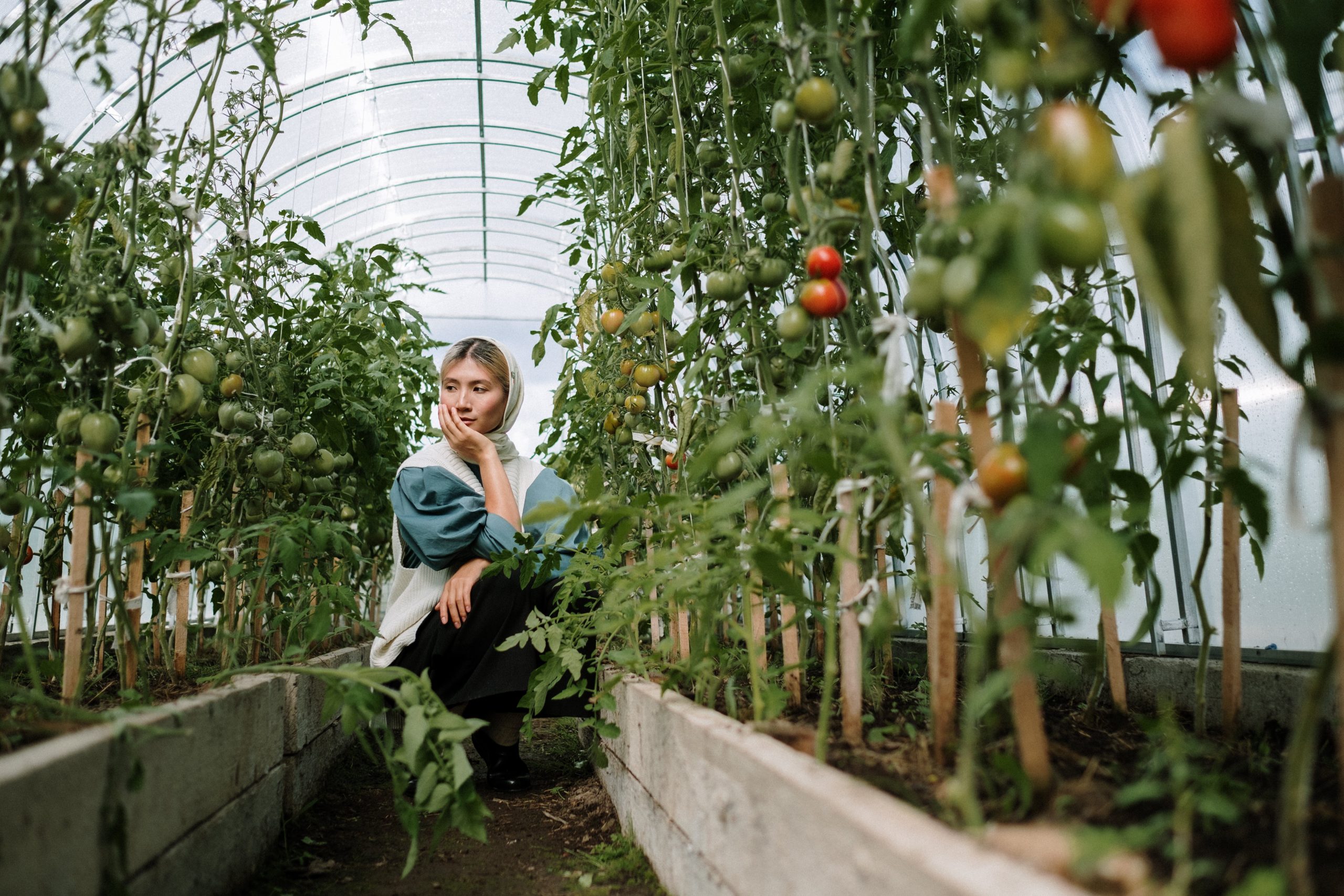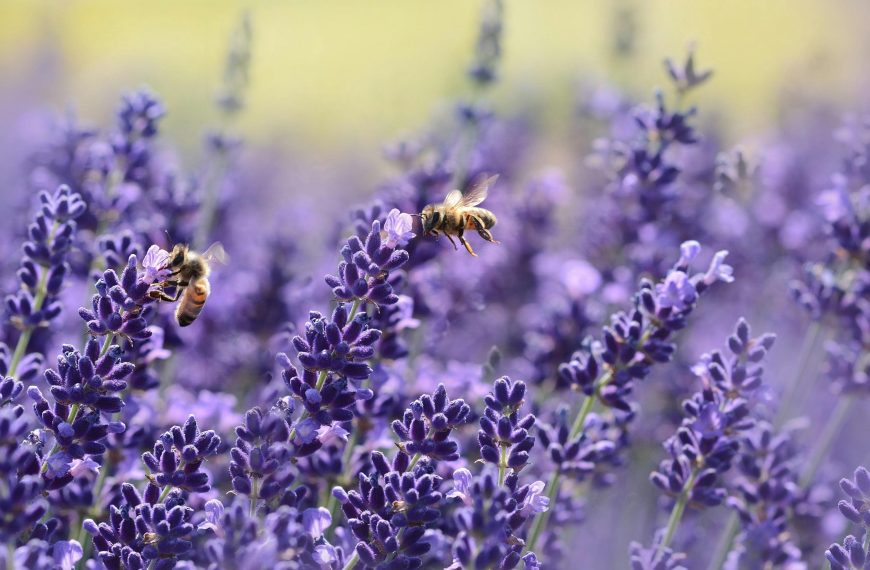In today’s world, where living and healthy eating are highly valued, the idea of starting your own organic garden at home is incredibly appealing. Not only does it allow you to have fresh, nutritious produce at your doorstep, but it also fosters a stronger connection with nature and reduces reliance on store-bought food that may be treated with chemicals. However, for those who are new to gardening, the prospect might seem overwhelming. Worry not! This comprehensive guide will take you through the steps to begin your gardening journey from scratch.
Why Opt for Organic Gardening?
Before diving into the specifics, it’s important to understand why organic gardening is worth the effort. Organic gardening avoids pesticides and fertilizers by relying on methods to nourish plants and combat pests. By steering clear of chemicals, organic gardening promotes soil health, biodiversity, and ultimately benefits both human health and the environment.
Step 1: Choosing the Ideal Location
Selecting a location for your garden plays a crucial role in its success. Look for an area that receives sunlight (6-8 hours per day) and has good drainage. Also, consider aspects like proximity to a water source and protection from winds.
If you have limited space, don’t worry! There are alternatives, like containers, raised beds, or vertical gardening, that can work well for you.
Step 2: Preparing the Soil
Having healthy soil is crucial for an organic garden. Start by clearing out any weeds or debris from your chosen area. Then check the pH levels and nutrient content of the soil. Most plants thrive in slightly acidic to neutral soil with a pH range of 6.0-7.0. If necessary, improve the soil’s structure and fertility by adding organic matter such as compost, aged manure, or organic fertilizer.
Step 3: Choosing Your Plants
When picking plants for your garden, consider factors like your climate, available space, and personal preferences. Go for varieties that are well-suited to your region and growing conditions. If you’re new to gardening, vegetables like tomatoes, lettuce, cucumbers, and peppers are good options to start with. You can also try growing herbs such as basil, parsley, and mint. Remember to leave space between plants to ensure airflow and reduce the risk of diseases.
Step 4: Planting and Care
Now it’s time to plant your chosen crops! Follow the recommended spacing and planting depth guidelines provided for each plant variety.
To ensure the growth of planted seedlings, it is important to give them a good watering and then mulch around them. This will help retain moisture and prevent the growth of weeds. During dry spells, it is crucial to maintain watering. You should regularly inspect your garden for any signs of pests or diseases. Take action using organic pest control methods like manually removing pests, planting companion plants, or using natural insecticides.
Step 5: Taking Care and Harvesting
Maintaining a garden requires attention and care. It’s important to check the moisture levels in the soil and water accordingly since different plants have different water requirements. Make sure to remove weeds to avoid competition for nutrients and space. Once your plants start maturing, provide support structures such as stakes or trellises for climbing varieties. Lastly, enjoy the rewards of your work by harvesting produce at its peak ripeness for flavor and nutrition.
Step 6: Embracing Sustainability
Organic gardening goes beyond planting and caring for your garden; it involves a commitment to sustainability and taking care of the environment. Consider implementing practices like composting kitchen scraps, saving seeds from heirloom varieties, and attracting beneficial insects to your garden. By working in harmony with nature, you will create an ecosystem that benefits both plants and wildlife.
Embarking on the journey of starting your garden at home can be a truly fulfilling experience that brings about numerous benefits for your health, the environment, and your overall well-being. Although it may require some time, effort, and patience on your part, the end results are truly worth it: a harvest of delicious produce that is grown with utmost care and respect for nature. So let’s roll up our sleeves, get our hands dirty, and embark on this gardening adventure! With dedication and a little bit of green thumb magic, we will soon enjoy the rewards of our own organic sanctuary.









